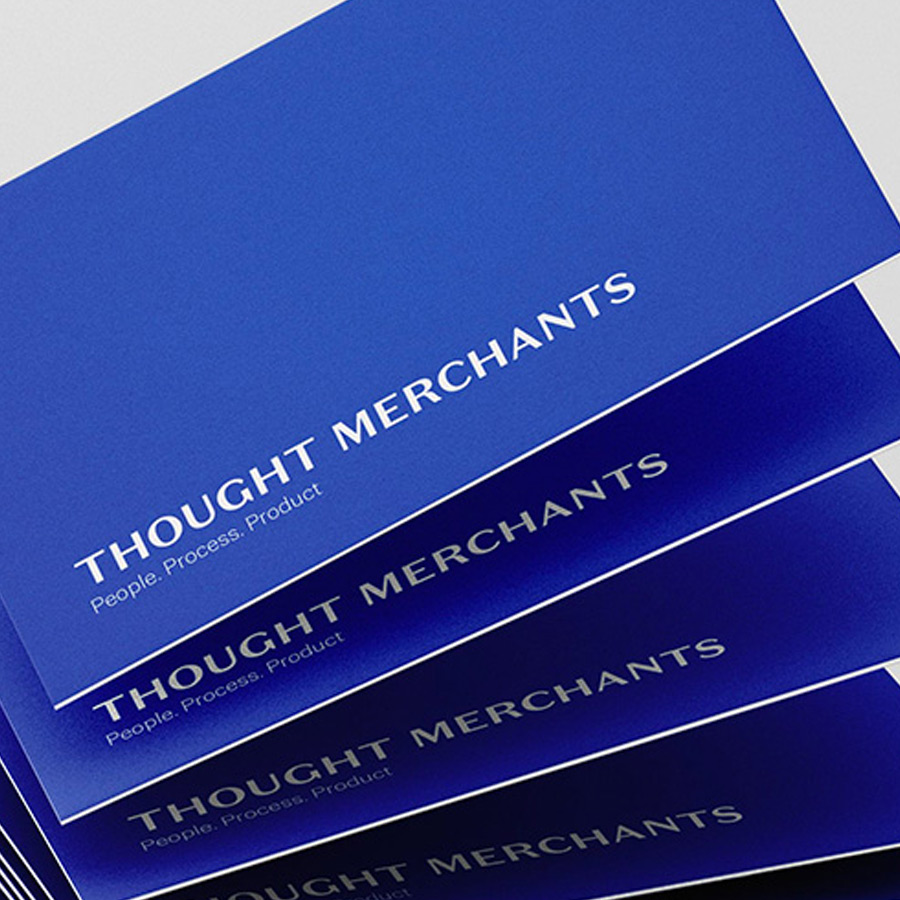Crafting Magic in Product Design
Demystifying the elusive 'magic' in product design.

Crafting Magic in Product Design
There's a moment that's both exhilarating and daunting – the quest for 'magic.' It's a term I often hear from clients, laden with hope and expectation. They speak of missing that indescribable element, the 'je ne sais quoi,' that could unlock the full potential of their products.
The Fallacy of Searching for Magic
When clients speak of this missing magic, I take a moment to delve deeper. What exactly is this magic they seek? Is it the inherent value they're unable to articulate? Is it the element of delight they wish to evoke in users? Defining this elusive magic is crucial, for without knowing what we seek, we grapple with an 'unknown unknown' – a void where direction and clarity should be.
In product design and development, believing that magic is something to be found is a fallacy. It suggests that there's a secret ingredient, just out of reach, that, once discovered, will transform everything. This mindset can lead to an endless chase, a journey without a map or a destination.
Squinting at the Problem: A Closer Look
The real magic in product design lies not in the search but in the creation. It's about looking closer, squinting at the problem to see it in a new light. It's about understanding that sometimes, the magic is in realizing you still need to figure out what you want. It's in the deep, thoughtful exploration of the problem space, where assumptions are challenged and new perspectives are gained.
Creating the Magic: A Process of Discovery
Creating magic in a product is a process – a journey of understanding your users, your market, and the unique value your product brings. It involves crafting experiences that resonate, evoke emotion, and fulfill unmet needs. It's about innovating, experimenting, and sometimes, failing, only to rise again.
The Art of Crafting, Not Finding
The magic in product development isn't lurking in a hidden corner waiting to be found. It's crafted through hard work, deep understanding, and relentless pursuit of excellence. It's about sculpting value, layer by layer, until the product meets and exceeds expectations. So, the next time you find yourself searching for that elusive magic, remember, it's not about finding; it's about creating.
A few friends had additional thoughts I wanted to share with you.
Desmond Bowe Reader's Response
Magic is an experience for children - the thrill of an unseen but felt intelligence and agency. Adults know that magic is made from studied and refined art and engineering. The magician practices his hand movements. The researcher programs nuance and perhaps a bit of randomness into the robot’s eye movements. Adults trust that once this process has advanced enough the emergent experience will be magical. There’s no magic for the magician.
Chuck Reed Reader's Response
In my experience, the magic comes via solving a customers unmet needs that they really cannot describe to you. An example:
Vending operators accepted coins and $1 bills in their machines since well… forever. They couldn’t accept $5/$10 or $20 notes that consumers had in their wallets because that would mean the coin changer in the machine would quickly run out of coins. Everyone inherently knew that sales were being lost because consumers had higher denomination notes (especially if they had just been to an ATM and got $20 notes) in their wallets that they couldn’t use.
We created a note recycler that would store say $1 notes so that when a customer put in a $5, we could pay back change in coins AND notes, avoiding the coin changer depletion concern. We could store any denomination note (only 1 denomination given the space available in a vending machine). So if a vending operator wanted to take $20 bills, we would store $5’s in the note recycler and make sure we had $1 coins in the coin changer.
It was a real revelation to vending operators and lead to large sales increases. It was a bit short term as cashless acceptance started to overtake cash acceptance not long after we created the note recycler. But the point is that customers didn’t tell us they needed a note recycler. What we observed were lost sales as a result of the current cash acceptance product portfolio and we solved for the lost sales. Observing end customer behavior was tedious but doing that work highlighted a need vending operators were simply too busy to see themselves.

Steve Berry
Principal, Thought Merchants







